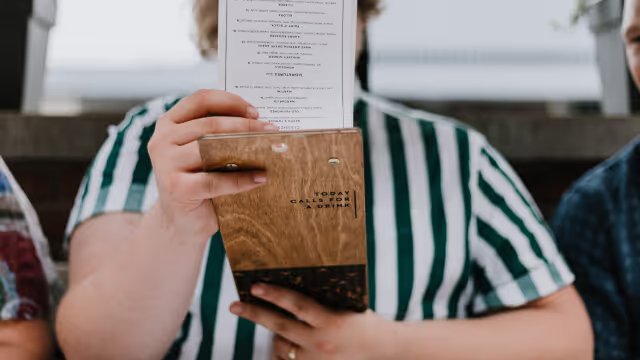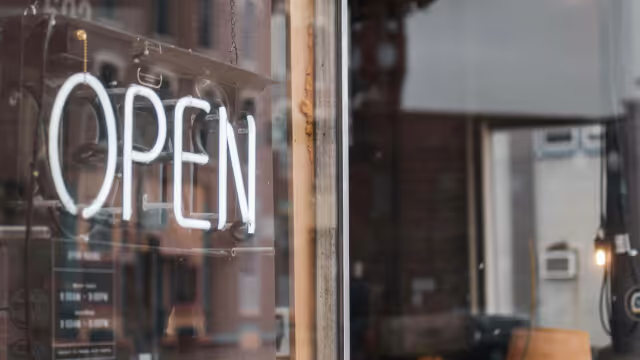This week we sat down with Mark Raso, our Chief Executive Officer at MOBI, to catch up with him about the state of the restaurant industry today, and what he foresees for our customers this year. Raso was originally promoted from Chief Revenue Officer to CEO in 2021. Now that he’s spent almost a year in the role, we wanted to hear his take on what exactly is going on in the industry.
Not only did he indulge us in the trends he saw over the last year, he also gave us some insight into what he predicts will be trending in 2023. Check it out:
Recently, hospitality complexities have had a snowball effect
Long gone are the days of being solely brick and mortar. The industry has accelerated into being digital-first over the last two years. QSR and FSR brands are constantly looking to provide equal opportunities to serve their guests on and off-premise.
According to Raso, traditional methods and solutions are no longer sufficient as consumers continue to demand increased convenience at levels we’ve never seen before.
"Going it alone is not an option. Digital ordering is now a necessity for the industry, it's almost like an essential service."
With increased demand comes complexities for brands to shift their priorities and service models to predict their guests' next move. But the next move doesn’t mean it’s temporary, the snowball effect is that it becomes another channel brands have to manage as their guests expect to have their cake and eat it too (ie. to order food on all your platforms, old and new).
Digital ordering has doubled with no signs of going back
In our chat with Mark, he discussed how digital sales accounted for a small portion of overall sales in the restaurant industry, at less than 10%. Since the world embraced a brief period where the only option was to order takeout or delivery, preferences have shifted. Guests are now ordering twice as much through digital channels than in previous years.
“We can expect future digital sales will make up the majority of overall sales. It’s all in the numbers. A brand’s continued investment in their digital channels will be crucial for long term success.”
Brands need to play the long game, sustainability is key
Of course in the height of pandemic times, brand’s needed to make quick changes to meet their guests where they wanted to be met. But, now, it’s time to think about what’s sustainable for a brand’s long-term success.
Reliance on aggregators as an off-premise solution can be inevitable for some brands. Essentially, they might always be part of the channel mix. However, when thinking about the long-term implications associated with sole reliance on aggregators, it may be time to consider your next move.
“Restaurants are paying around 30% commission to third parties, which is not a sustainable business model. Originally aggregators were meant as a way to acquire new guests, but recent data shows 50-80% of orders placed through aggregators are from repeat guests. This is a significant issue and an unspoken truth of the restaurant industry today.”
So, what does this mean? Prior to 2020, delivery demand was much lower, therefore brands could absorb the costs of aggregator platforms.
What does it mean now? Customers are loyal to both you and delivery. While aggregators can be a fantastic acquisition tool, brands can be fulfilling the long-term commitment of repeat guests through more profitable channels.
Again, it’s not to say aggregator platforms are no longer important. It’s just about considering what you rely on them for and how you can continue to build sustainable relationships with guests off the beaten path.
2023 about shifting the mix and better collaboration
Consumers are becoming increasingly aware of how much they’re spending and how much they want to support businesses directly. Guests are also aware food prices can decrease by up to 30% when they order directly from the restaurant. Oftentimes, direct channels will provide a bigger menu selection with lower prices, as brands recognize off-platform orders don’t require them to recoup some of their costs.
This is a clear sign for brands to take a look at their current channel mix and think about how they can add more emphasis on first-party ordering options.
In our interview, Raso reiterates the importance that brands will likely still want to rely on aggregators to meet guest demands. But brands can also think about smarter collaboration with aggregators, too.
"Last year, we launched Last Mile Delivery, a game-changer for the industry. Last Mile offers a direct integration with Uber and DoorDash's white-label logistics service. Restaurants can now accept delivery orders directly on their website, at the same time as they continue to fulfill delivery demand through aggregators. This allows MOBI customers to avoid paying 30% commissions, while also collecting customer data and serving their customers with the same-hour delivery they have grown used to on aggregator apps.”
Convenience, customer satisfaction and increased profitability?! Yeah. We love it too.
Onwards and upwards
Our interview left us on high note, as Mark gave us some wisdom for what he feels about the industry moving forward.
“The restaurant industry is resilient. We’ve been through the wringer over the last year, but many brands rose to the challenge and found ways to adapt and grow. I’m optimistic and I have confidence in the road ahead.”
If by now you’re thinking, “maybe it’s time to look at shifting the mix?” Feel free to chat with a MOBI expert for a free consultation today.


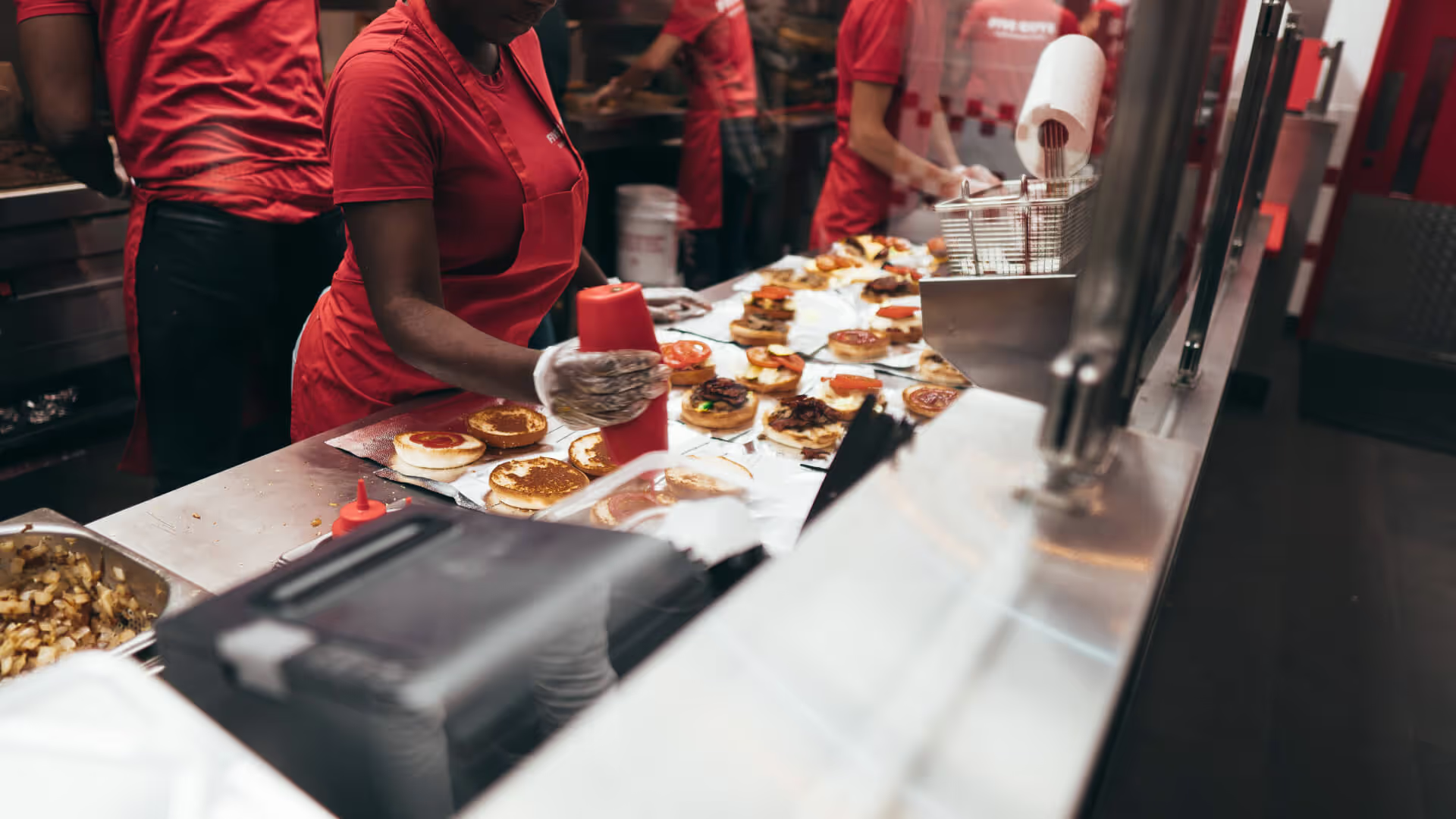



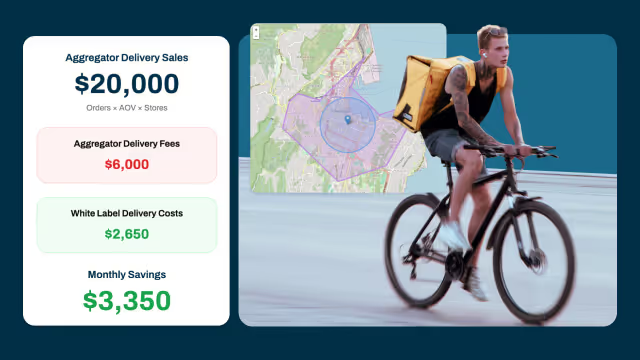


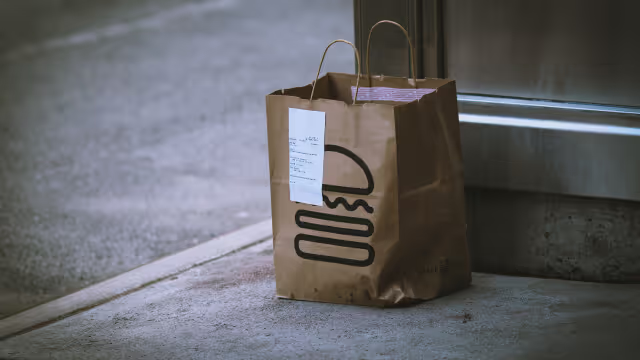

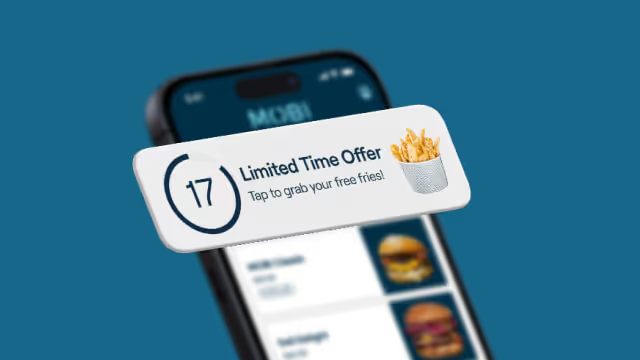

.avif)

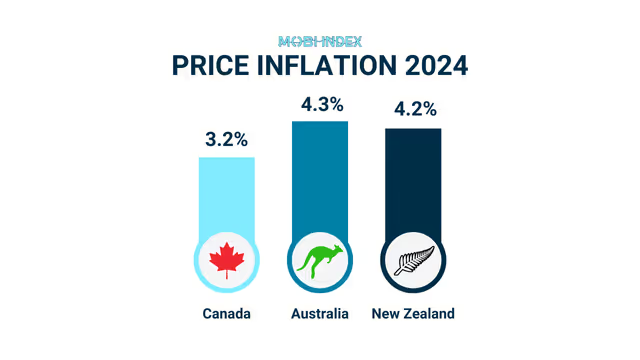

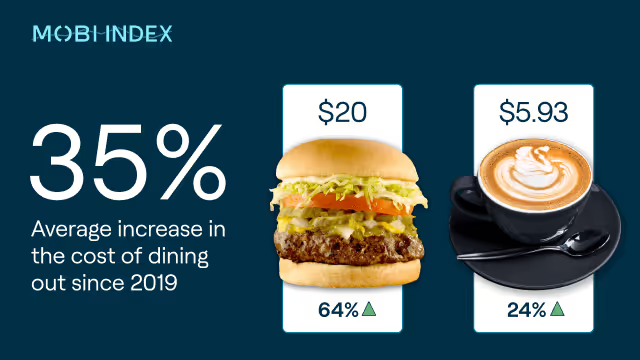

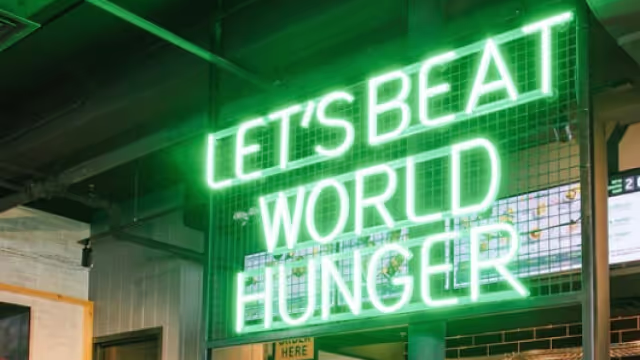
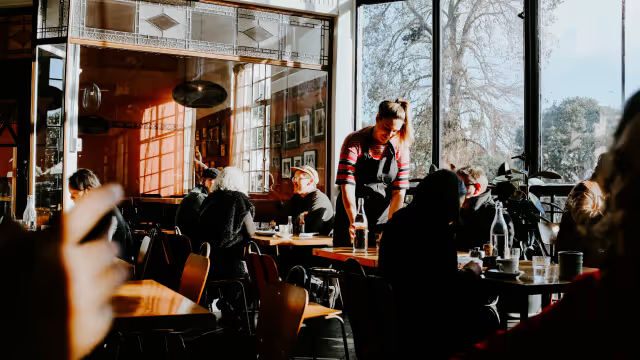


.avif)
.avif)
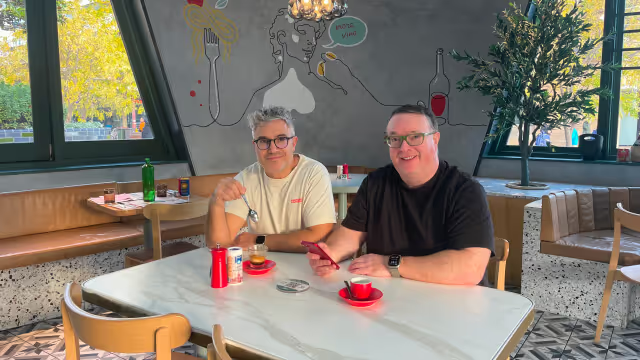

.avif)

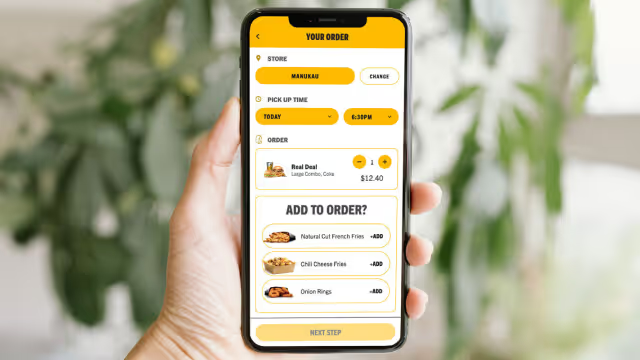
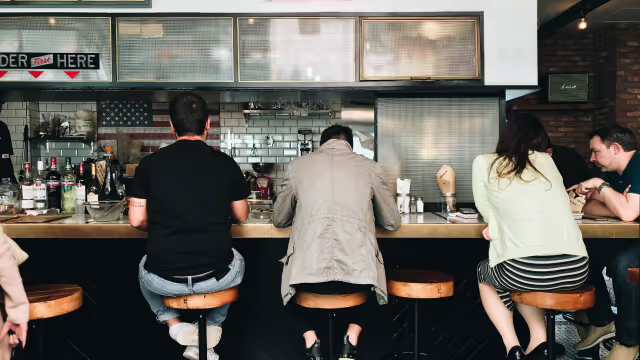
%203.avif)

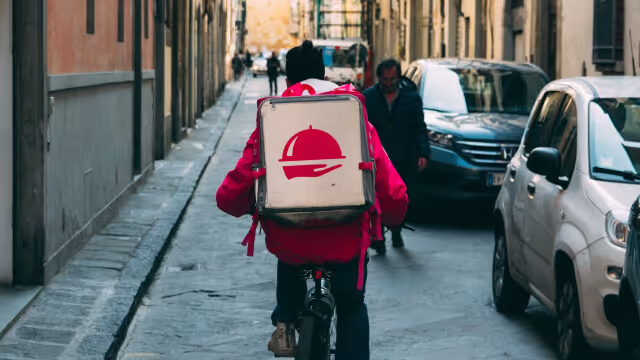



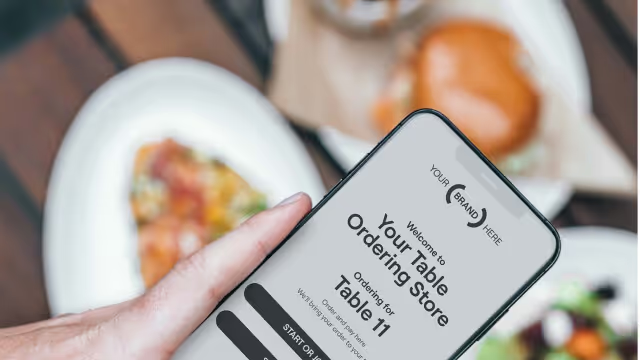

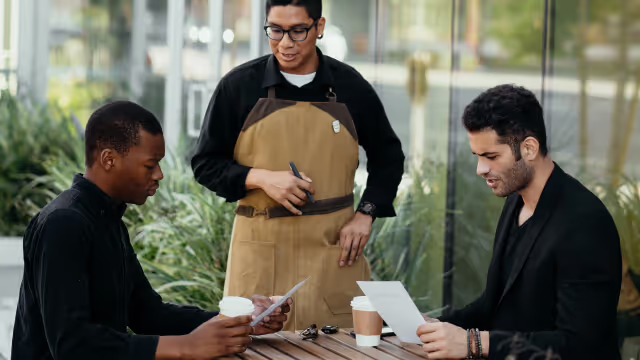
%203.avif)

%203.avif)
